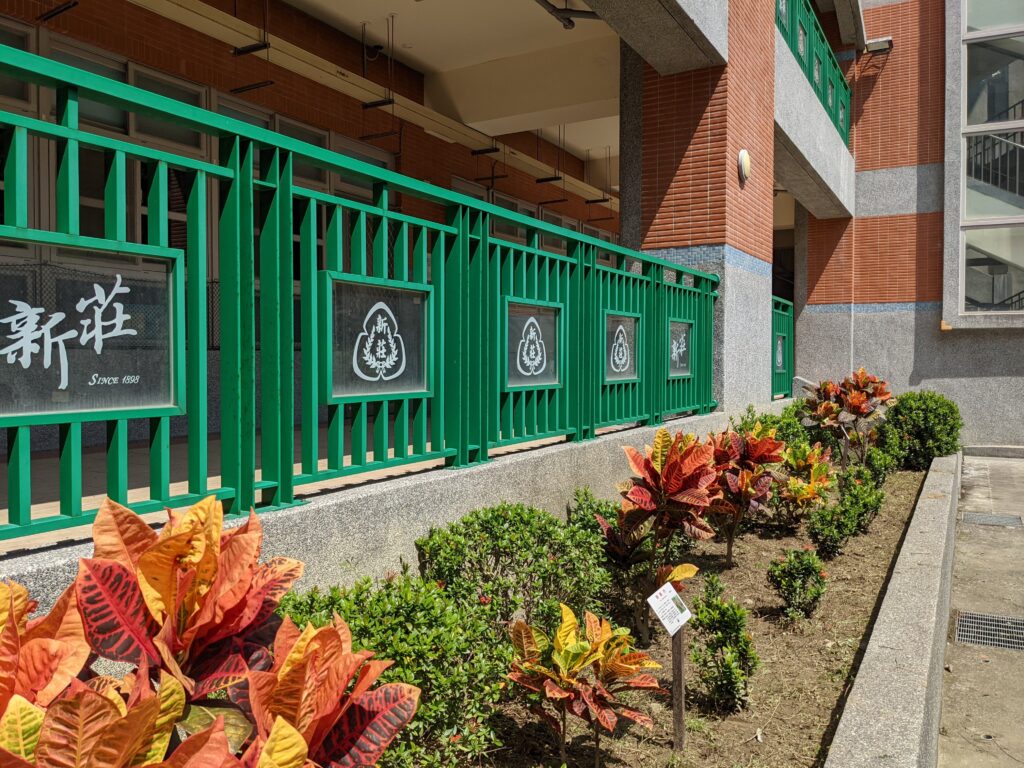During the third visit to the school gardens on August 13, romaine lettuce sprouts were planted in the rooftop garden. The groups have diligently planted the young plants in neat rows, while making sure to dig channels on each side of the lines for rainwater. Then they ploughed the elevated rows of soil with spades while adding some fresh soil and fertilizer and planted the young lettuce plants just deep enough to cover the small roots.
During the visit on August 20, the main goal was to measure the growth rate of the plants to see how successful they are. When we visited the garden with the sweet potato leaves, we were all surprised how well they are growing. We started with planting small vines of only 3 leaves and now (2 weeks later) most vines already had more than 30 leaves! Measurements for the growth diary showed that most vines have already grown to 50 cm. Then we visited the rooftop garden to see the progress of the Romaine lettuce…but all we saw were empty beds. What happened to the small plants? After a round of guessing, the teacher said that on the rooftop many small plants are eaten by birds or snails. They like some plants, such as lettuce, but leave other plants (such as water spinach or sweet potato leaves) unharmed. No pesticides are used in these gardens, as not to harm the environment, but unfortunately this harvest has been lost. It is a valuable lesson; when growing new plants, you have to monitor their growth and possibly find out what eats them. By for example removing the snails each day, the plants can grow naturally or you might try to find out what plants you can grow instead.
To teach the children more about nutrients and to share other fun facts about fruits & vegetables, the WASH-team prepared interactive games and the children participated enthusiastically. At the end of the day the children presented their findings on a poster and gave a 5-minute presentation in English.





